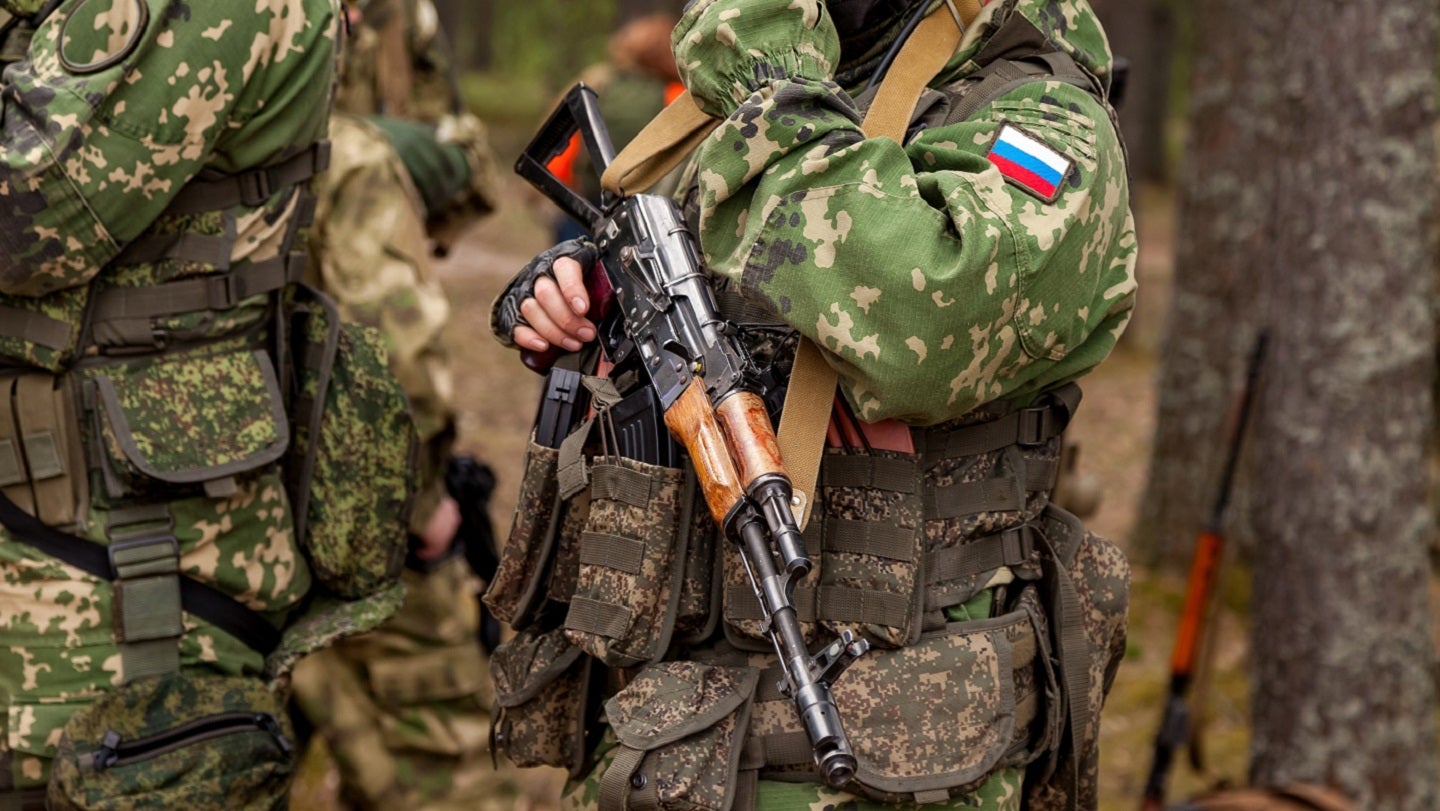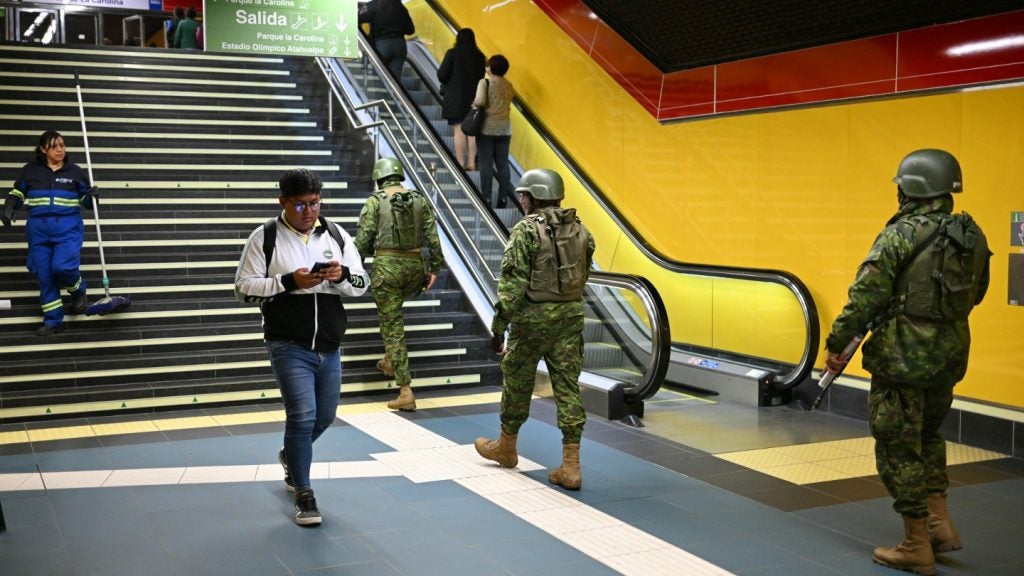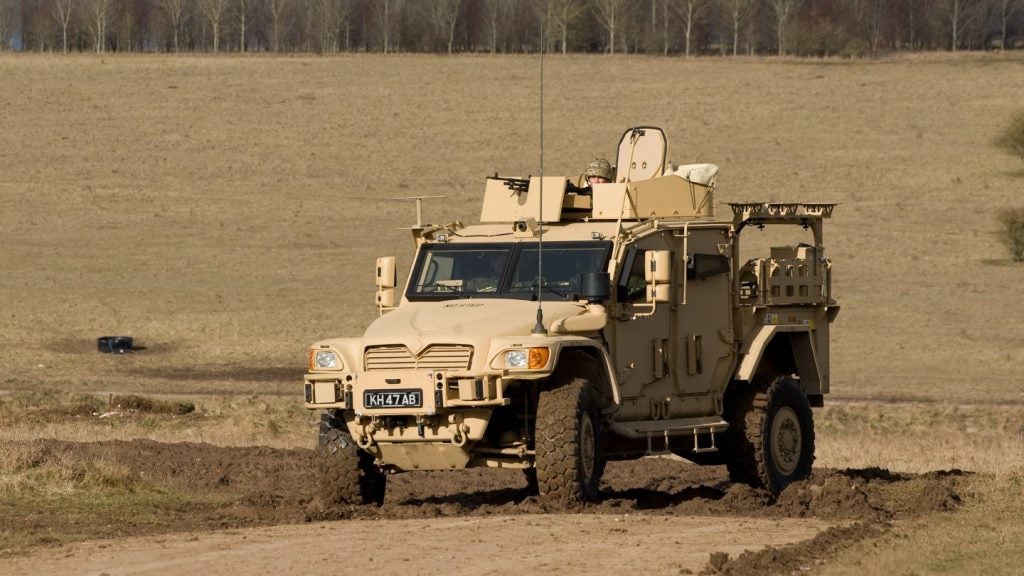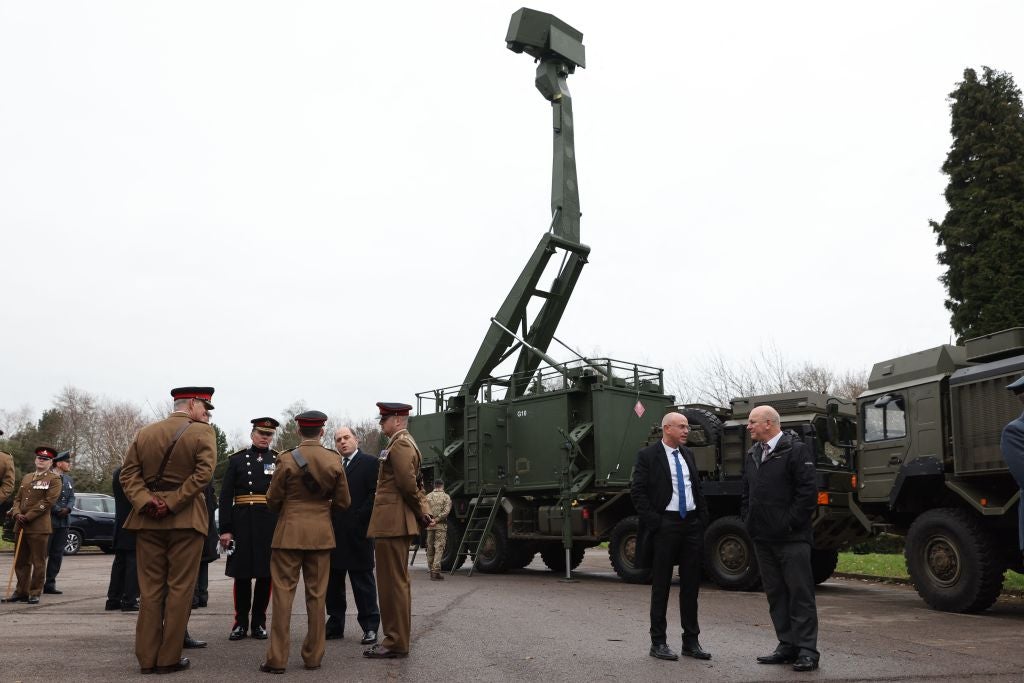
The Ukraine War has been a bloody, drawn-out conflict without any easily conceivable end. Although a decisive end is not in yet perceivable, striking insights into the likely preparations for a spring offensive were delivered 15 February, at the launch of the Military Balance Report from the International Institute of Strategic Studies (IISS).
Describing the complicated action-reaction dynamic expected to unfold over the next year, Ben Barry, IISS senior fellow of land warfare and a former director of British Army staff at the Ministry of Defence, surmised the thinking at the heart of the conflict in Ukraine:
“We can be absolutely certain that Ukraine has prepared a defence in depth and that it’s probably concentrating its armoured units in formations as counterattack forces.
“And indeed, I imagine the Ukrainian command would let a serious Russian offensive advance into that territory, inflicting attrition with artillery fire and anti-tank fire, and would then use its armour to deliver decisive counterattacks before going over to the counter-offensive.
“I’m pretty certain that, if the Russian command is applying its own military doctrine, it will be seeking to do the same.”
How well do you really know your competitors?
Access the most comprehensive Company Profiles on the market, powered by GlobalData. Save hours of research. Gain competitive edge.

Thank you!
Your download email will arrive shortly
Not ready to buy yet? Download a free sample
We are confident about the unique quality of our Company Profiles. However, we want you to make the most beneficial decision for your business, so we offer a free sample that you can download by submitting the below form
By GlobalDataSee Also:
Russia looks to the past
Russia’s strategy in Ukraine has been mired in command-and-control failures, apparent in Kherson and Kharkiv, with a gradual centralisation of operational command. John Chipman, chairman of the IISS, remarked that while the Russian Forces had shown some battlefield adaptation, including the use of Iranian weaponry and the integration of the Wagner private mercenary army, Russian forces “nevertheless have relied on Russia’s twentieth-century military history for inspiration, using mass provided by personnel and artillery-heavy assaults to grind out victories on the battlefield.”
The theme of anachronistic planning on the part of Russian command was carried forward by Barry, who’s assessment of civilian satellite imagery notes that Russia has “at great effort” built linear networks of anti-tank defences, obstructions such as dragon’s teeth and ditches, and all round defensive hedgehogs at road junctions and towns: “I suspect the Russian military planners would seek encouragement from the Battle of Kursk in 1944, where a deeply layered Soviet defence absorbed two large German armoured spearheads, destroyed them with counteroffensives, and then went over to the strategic offence.”
In the meantime, Barry believes that Moscow will continue to fortify its defences and to launch “First World War style attritional attack” through the remainder of the winter, accepting heavy losses as it pursues the short-term objectives to gain full control of the Donbas, Zaporizhia and Kherson Oblasts. “It’s not clear if they can yet concentrate enough capable and competent formations to achieve this.”
By springtime, political factors will imperil both sides to engage, with the earliest attacker benefiting from military first-mover advantages but exposed to counterattacks by defender’s artillery and armour. “I’m certain both sides are pressing to do this.
“Now, providing that Ukrainian allies can supply sufficient ammunition and equipment,” says Barry, “political and battlefield leadership, as well as western weapons, may well give Ukraine tactical advantage. But it’s not clear to me that Kiev has enough combat power to rapidly eject Russian forces.”
Manpower and attrition in Ukraine
The question of Ukraine’s capacity to resist attritional attacks lays at the centre of any outlook over the nation’s prospects for victory. Henry Boyd, research fellow for defence and military analysis at the IISS has looked extensively at reports of manpower capability across the duration of the conflict and find that attrition, “certainly for the next year” should not be a limiting factor for the Ukrainian forces’ capability, “but it is one that they will have to bear in mind in terms of their ability to spend blood and treasure.”
Having mobilised earlier than Russia, Ukraine had access to a greater pool of manpower during last year, to the point that Russia was suffering in terms of the numeric balance of military strength before its own mobilisation in the later part of 2022.
During the early stages of the war, Ukraine was able to recruit highly skilled personnel. Many reserve members who had participated in the attritional conflict in the Donbas between 2014 and 2022 were activated and sent back to their respective units.
The casualty rate is not as high as the Russians’, but it is still high enough to be a concern for the future. “I don’t think Ukraine can afford the kind of brutal squandering of manpower in the same way the Wagner group have undertaken in some of their most recent offensives.”
“I think that speaks to some of the reported desire from western advisors to the Ukrainian armed forces,” says Boyd, to shift their offensive approach away from a more traditional Soviet-derived model and towards a western combined arms approach, that “may be a less risky strategy in terms of manpower expenditure for them.”








